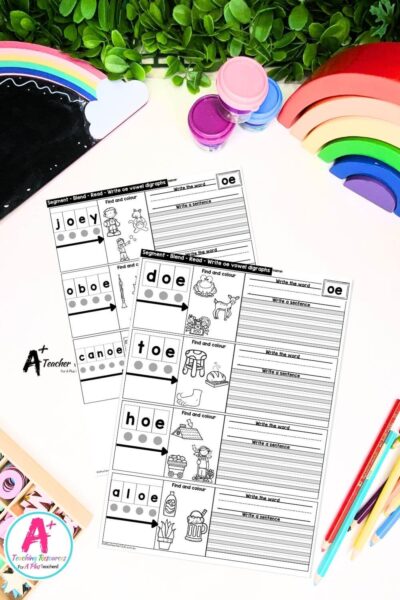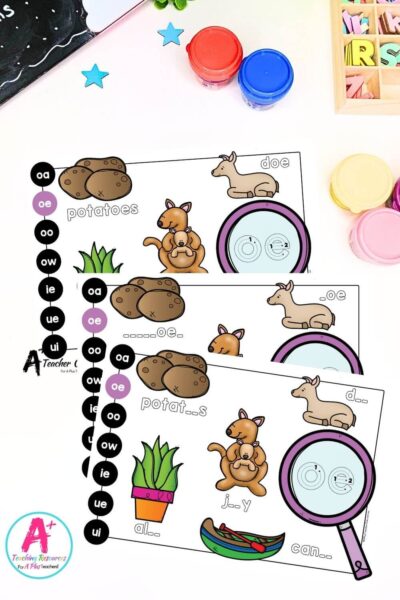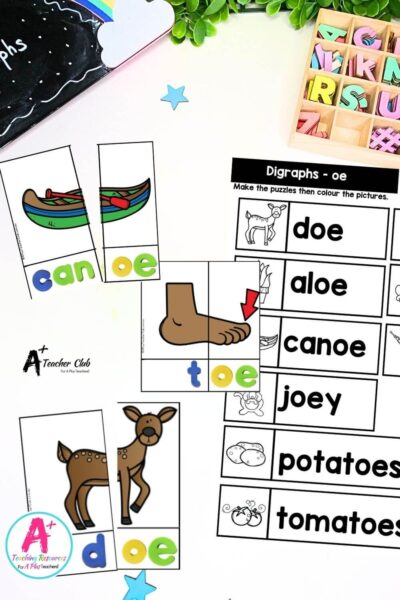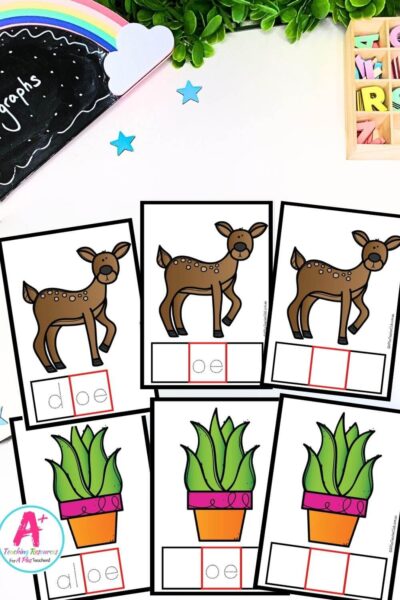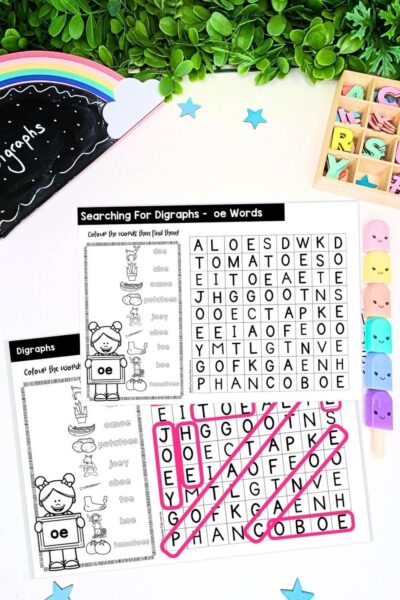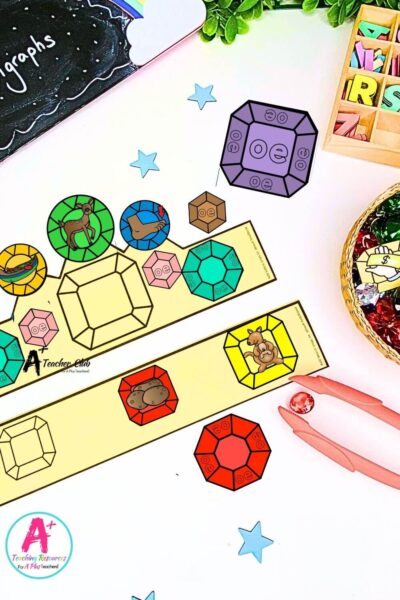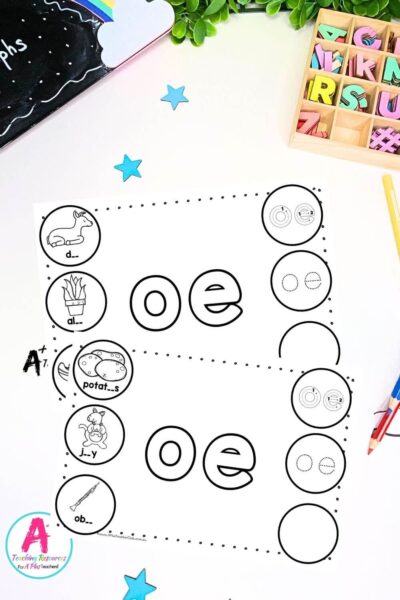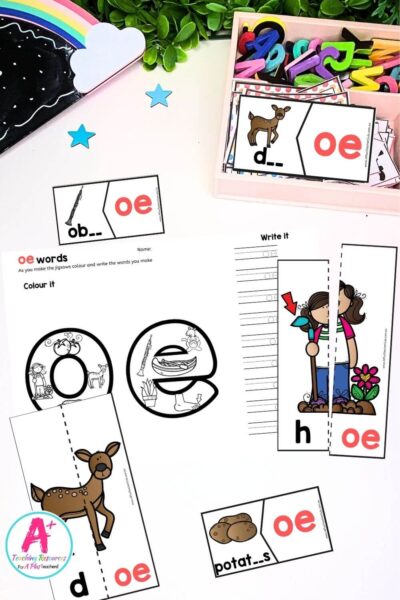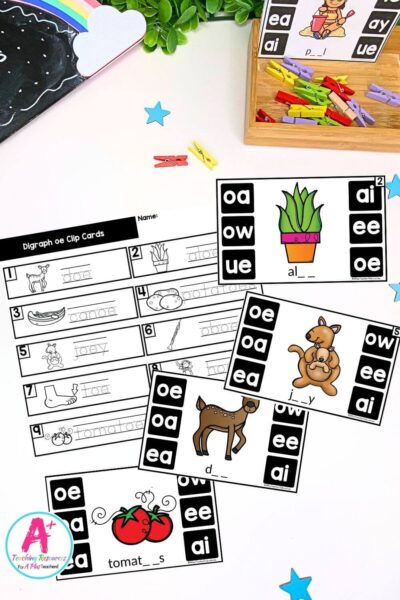oe Digraph Activities
Phonics, Spelling, & Grammar Resources
Looking for engaging activities to teach the “oe” digraph sound? Look no further! Our collection of oe Digraph Activities is designed to make phonics learning fun and interactive for students of all levels. From digital games and interactive worksheets to hands-on phonics games and word-building activities, we offer a wide variety of resources to cater to different learning styles.
Whether your students are in kindergarten, first grade, or beyond, these activities will help them recognize and practice words with the “oe” digraph sound. Get ready to ignite their phonics skills and make learning “oe” words a breeze!
Teaching The “oe” Digraph
Let’s explore the world of vowel digraphs, focusing specifically on the “oe” vowel digraph, and understand why, when, and how we teach them.
A vowel digraph is a combination of two vowels that come together to create a specific sound. In the case of the “oe” vowel digraph, it produces a long “o” sound, as in words like “toe,” “goat,” and “shoe.” By teaching vowel digraphs, such as “oe,” we help students understand the different ways that vowel sounds can be represented in words.
So, why do we teach “oe” vowel digraphs?
Vowel digraphs provide students with a deeper understanding of vowel sound patterns. Recognizing and understanding vowel digraphs helps students read and spell words more accurately and confidently. “oe” vowel digraphs also expand students’ vocabulary and improve their overall reading comprehension.
When should we teach “oe” vowel digraphs?
The introduction of vowel digraphs typically occurs after students have mastered single-letter vowel sounds. As students progress in their phonics skills, usually in kindergarten or first grade, introducing vowel digraphs like “oe” can help them explore the complexities of vowel sounds and expand their decoding abilities.
How to teach “oe” vowel digraphs
Effective teaching of vowel digraphs involves engaging activities that incorporate both auditory and visual components. Teachers can use word sorts, word-building exercises, interactive games, and reading passages that highlight words with the “oe” digraph. Here are some example words: “toe,” “hoe,” “foe,” “goat,” and “shoe.” These activities provide students with opportunities to practice decoding words with the “oe” digraph and reinforce their understanding of the corresponding sound.
Explicit instruction on the different ways the “oe” digraph can be pronounced is important. For example, students need to learn the distinction between the long “o” sound in “toe” and the “oh” sound in “shoe.” Providing ample practice and reinforcement activities allows students to apply their knowledge of the “oe” digraph in both reading and writing contexts.
Teaching “oe” vowel digraphs empowers students to become more confident readers and writers. By understanding and recognizing this digraph, students can tackle a broader range of words and expand their literacy skills. Through engaging activities and targeted instruction, we can support students in developing a strong foundation in vowel digraphs and enhance their overall reading and spelling abilities.
oe Vowel Digraph
We have put together a stack of teaching resources to help you teach the oe digraph. Click + for a list of the oe vowel digraph words used in our resources.
Resources listed in this collection
Click to jump to...-
oe Vowel Digraph Activities Worksheets
-
oe Vowel Digraph Activities Posters
-
oe Vowel Digraph Activities Spin & Spell
-
oe Vowel Digraph Activities Word Builder
-
oe Vowel Digraph Activities Playdough Mats
-
oe Vowel Digraph Activities Colour 2 Piece Puzzles
-
oe Vowel Digraph Activities B&W 2 Piece Puzzles
-
oe Vowel Digraph Activities Flashcards
-
oe Vowel Digraph Activities Student Book
-
oe Vowel Digraph Activities Word Search
-
oe Vowel Digraph Activities I Spy Read & Find
-
oe Vowel Digraph Activities Crowns Craft
-
oe Vowel Digraph Activities Write It mats
-
oe Vowel Digraph Activities Strip Puzzles
-
oe Vowel Digraph Activities Clip Cards
-
oe Vowel Digraph Activities Strip Reader
-
oe Vowel Digraph Activities Board Game
oe Vowel Digraph Activities
Explore tags
More Digraph Activities
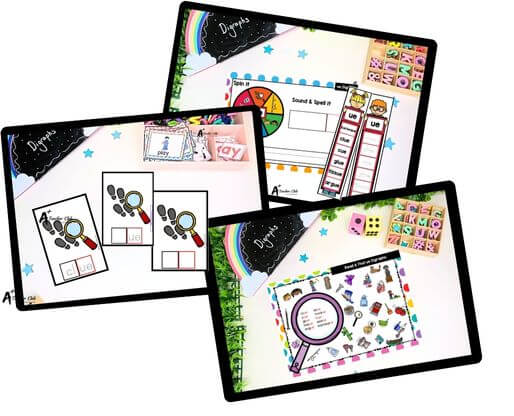
ue digraph

igh digraph
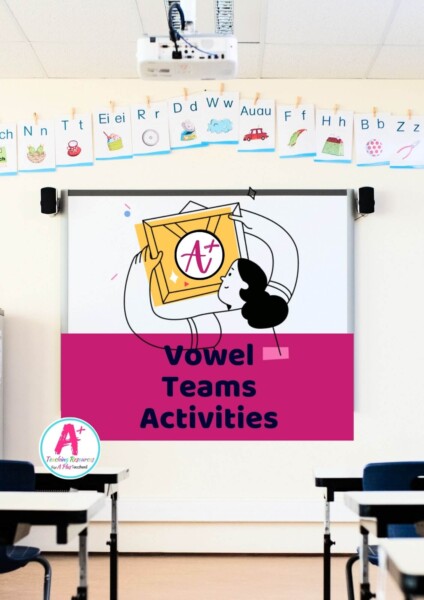
Vowel Teams
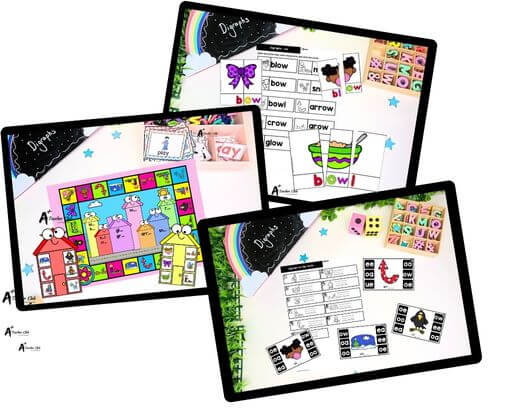
ow digraph

oo digraph

oa digraph

ie digraph

all digraph
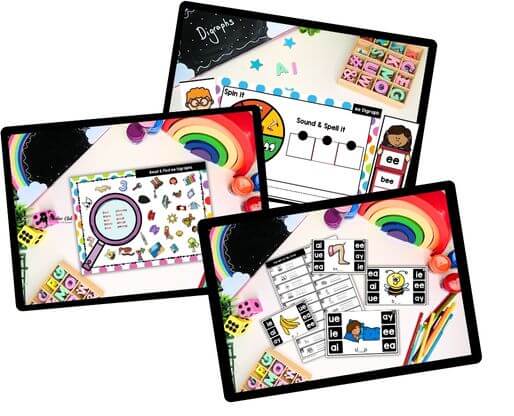
ee digraph

Digi Consonant Digraph Games
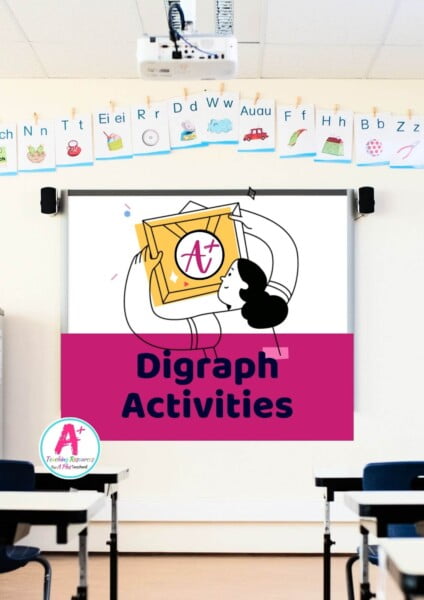
Browse Our Digraph Activities Collection
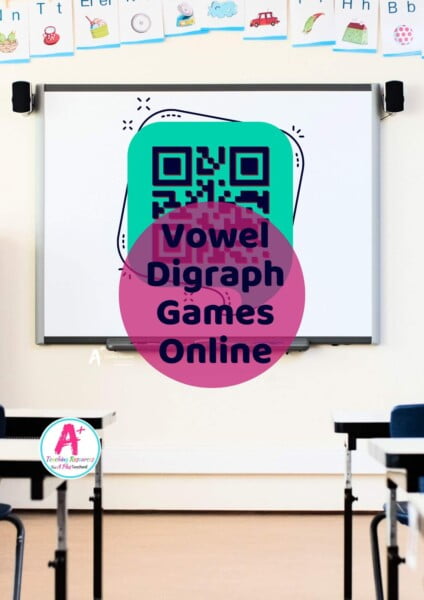
Digi Vowel Digraph Games
Can't find what you're looking for?
Send us a request! Use this form to request a resource. Please give details of the learning area, topic, year level, curriculum links. We’ll be happy to take a look to see if we can fit it in. Unfortunately a request does not guarantee we will be able to make it!
"*" indicates required fields

